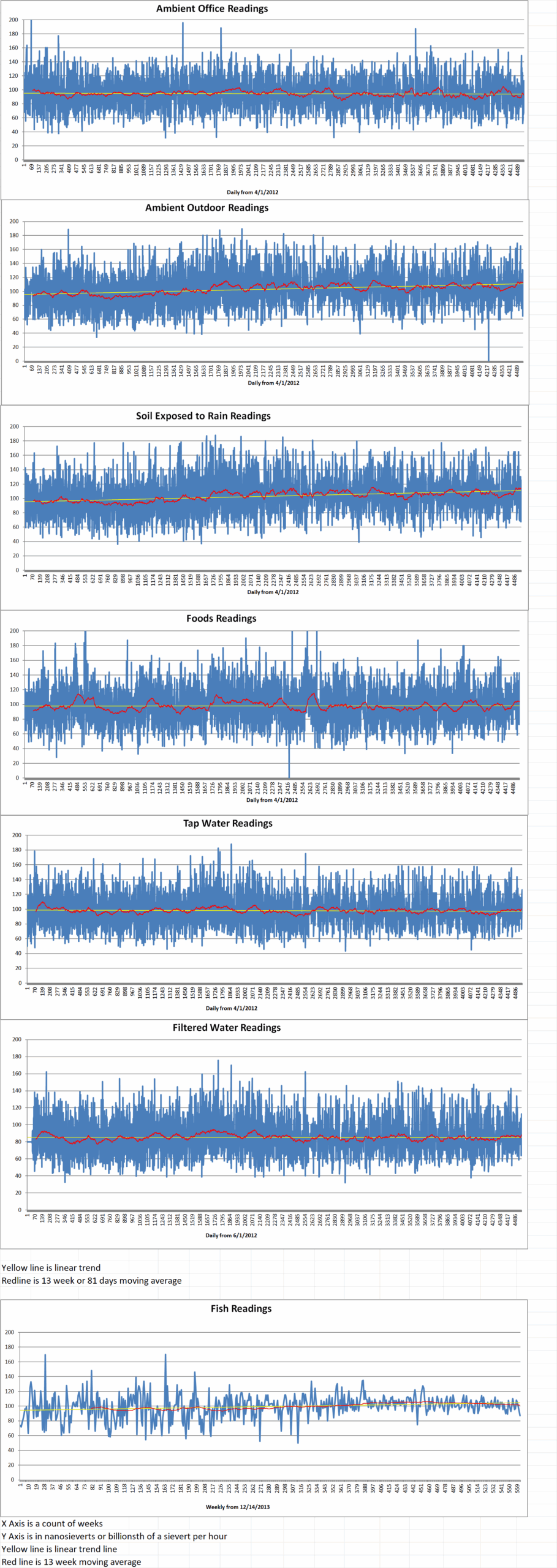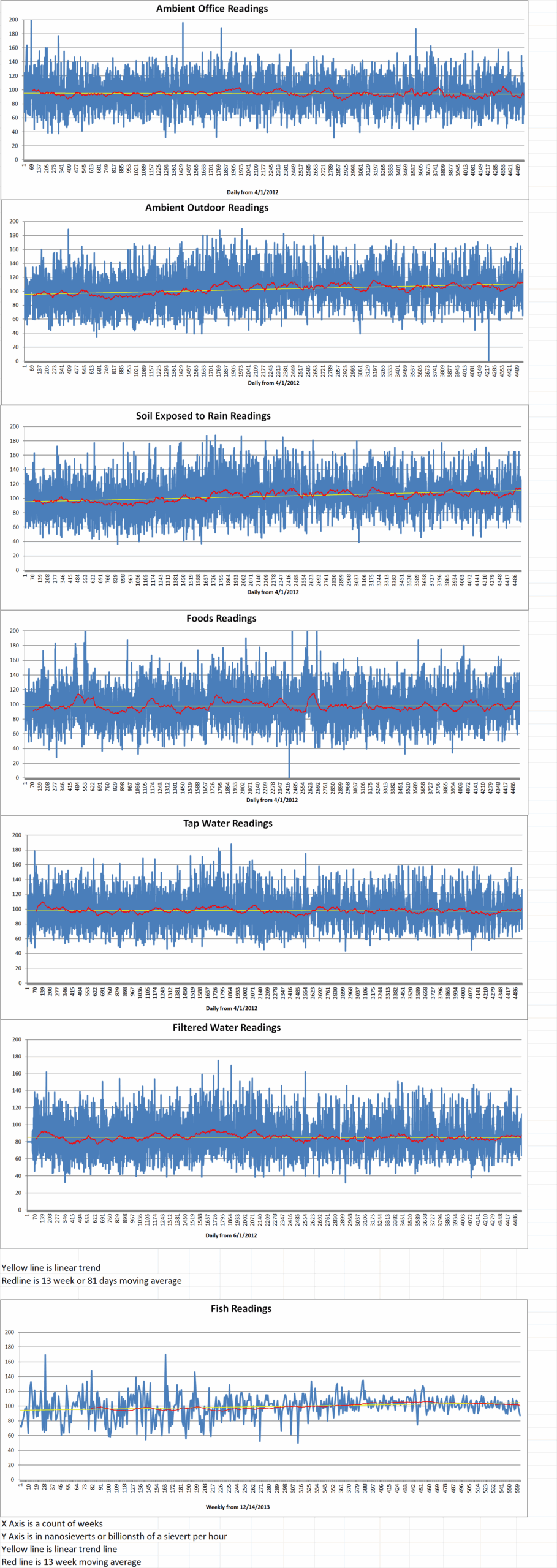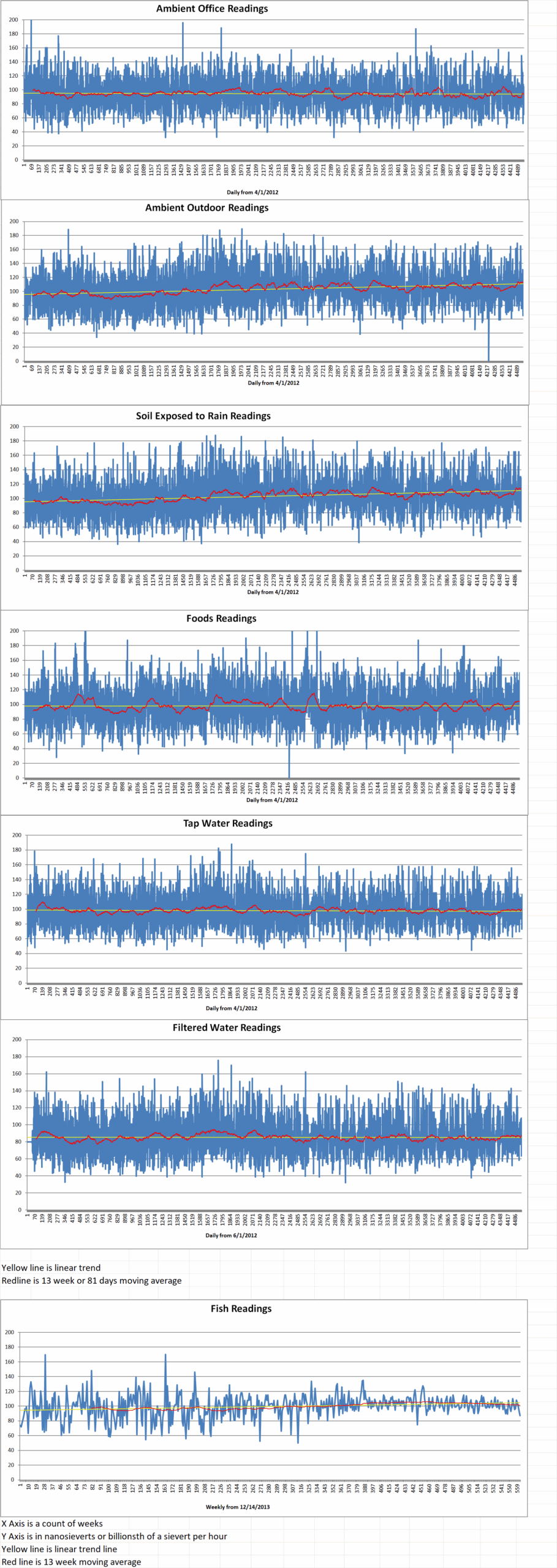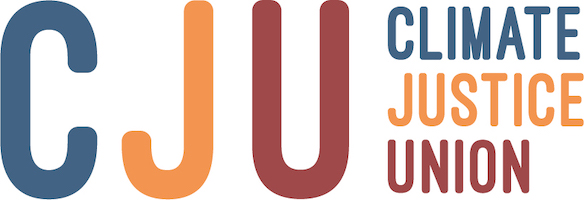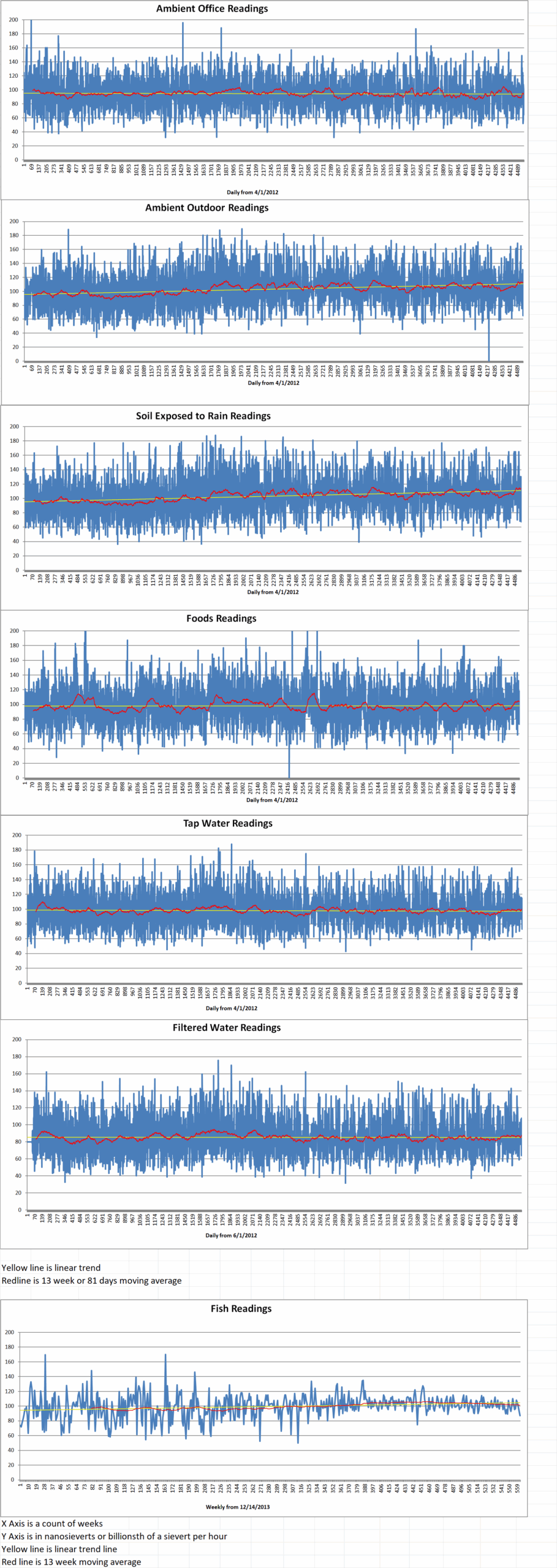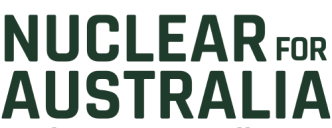Part 1 of 2 Parts
In Australia, there is a “growing backlash” to the Coalition Party’s nuclear plan, with community groups furious at the lack of consultation and angered that the policy would not give local communities the power of veto and that nuclear plants would be built regardless of local opposition.
Pro-nuclear lobby group Nuclear for Australia (NFA) has been hosting information sessions. However, opponents say that NFA makes it overly difficult for people to attend, make it hard to ask questions, and are not able to answer those questions that are posed.
Wendy Farmer has formed an alliance of the seven regions affected by the Coalition’s pledge to build nuclear reactors on the site of coal-fired power stations. She says that Australians should be “very angry” that they will not be able to veto any planned nuclear generators in their towns despite the Coalition’s promise to carry out a two-and-a-half-year consultation. She refuses to call the policy a “plan” because of that lack of consultation. “They haven’t even looked at these sites.”
Dave Sweeney is the Australian Conservation Foundation’s (ACF) nuclear free campaigner. He said that it is “more con than consultation”. He adds that in his many years in nuclear free campaigns he has never seen so many sectors, including unions, state leaders, energy producers, businesses and protest groups, aligned against nuclear power.
As possible sites for nuclear power stations, the Coalition has pinpointed Tarong and Callide in Queensland, Liddell and Mount Piper in NSW, Loy Yang in Victoria, and small modular reactors (SMRs) in Port Augusta in South Australia and Muja, near Collie in Western Australia.
The Coalition says the two hundred- and eleven-billion-dollar nuclear plan will make electricity cheaper, while critics have called its costings a “fantasy”. The Liberal party did not respond to questions about the lack of consultation and lack of veto power.
The Australian First Alliance (AFA) consists of three member parties including the HEART Party, the Libertarian Party, and Gerard Rennick’s People First Party. The alliance said there “has been no consultation or free prior and informed consent from traditional custodians”. It said in a petition to the Coalition, “You never asked locals if they want nuclear reactors in their back yards, instead you threaten compulsory acquisition and federal overrides with no right to veto.” It said the Coalition plan was a “distraction” designed to “create false debate” when communities are already transitioning from fossil fuels to renewable energy.
Collie resident Jayla Parkin is a community organizer for the Climate Justice Union. She said that pro-nuclear information sessions had not provided any answers and had tried to stop First Nations people from entering.
NFA has held two information sessions with “expert speakers” in Collie. Parkin said that one elder was “devastated” after initially being refused entrance to a meeting last year. Parkin continued, “She wanted to get the information. Not everyone is simply for nuclear or against. We are for being informed on what’s going to happen.”
At a January meeting, elders were told they couldn’t go in because there was a problem with their registrations, which Parkin then sorted out. Once they were inside, she said questions had to be submitted via an app. She said, “Not a single question could be answered … like ‘where is the water coming from?’, ‘how will this benefit Collie?’, and ‘where are you going to store the radioactive waste?’.” Since then, the community had heard nothing, she said.
NFA was founded by Will Shackel and boasts entrepreneur Dick Smith as a patron. It describes itself as a grassroots organization with no political affiliation. Information sessions have featured Grace Stanke. She is a nuclear fuels engineer and former Miss America who says being called “Barbenheimer” was one of her favorite compliments. Shackel told SBS that the NFA Google people when they try to register for the sessions. He said, “If we believe that someone is a known protester … someone who could cause a physical threat to people in there, we will not allow them in.”
Please read Part 2 next
Nuclear for Australia
